
Arvind Sharma

39 books


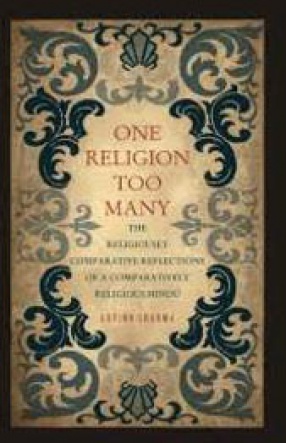
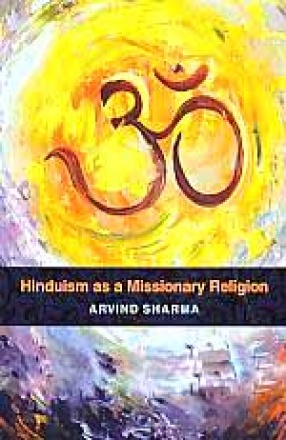
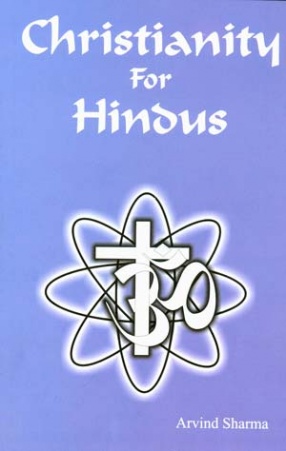

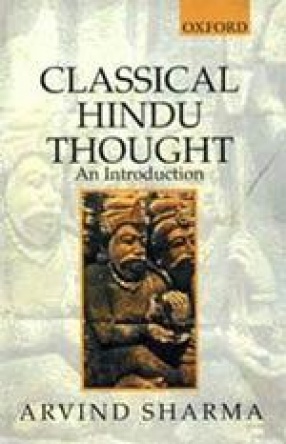

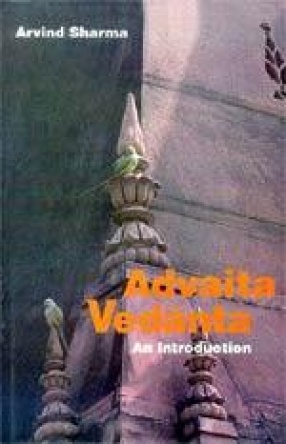
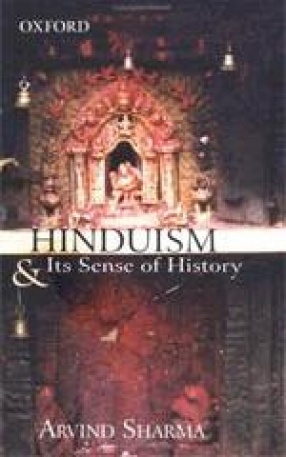
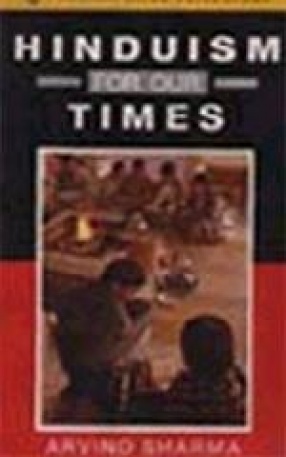
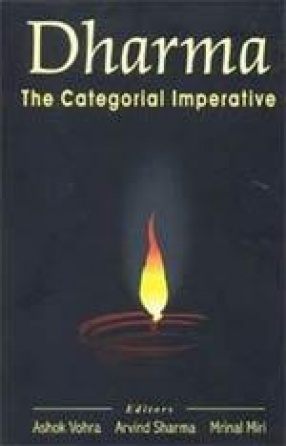
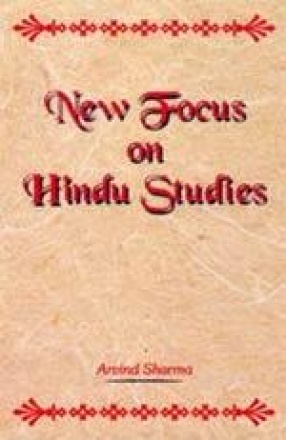
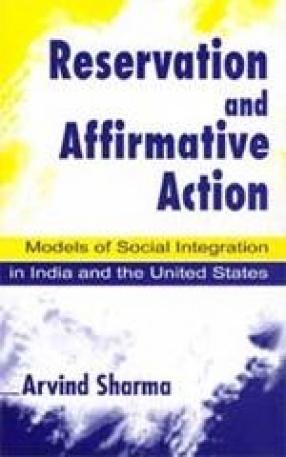
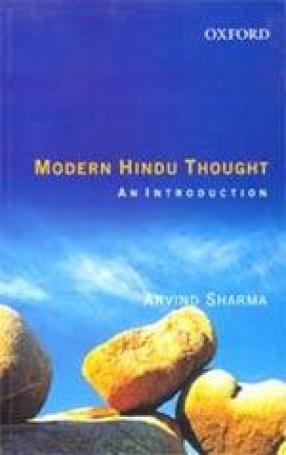


Hinduism, due to its proteanness, is more a way of life rather than a creed. The Hindu tradition recognizes the Vedas as its foundational scripture, Hinduism itself being indigenously known as Vaidika Dharma. Shruti and Smriti are the primary sources of Hinduism, where the former connotes the Vedas that stand for the revealed wisdom and the latter stands for tradition. Smriti texts include law books like the Manusmriti, epics (Itihasa) like the Ramayana and ...


One Religion Too Many is a Hindu pilgrims progress through the worlds religious traditions. An eminent scholar of comparative religion, Arvind Sharma provides a firsthand account of how he came to be a party to the dialogue of religions first with his own religion, then with the comparative study of religion, and finally with the religious universalism he has come to espouse because of this heritage. Starting with an account of the Hinduism of his family in ...

Merely posing this question is a novel and provocative act. Popular and scholarly perception, both ancient and modern, puts Hinduism in the nonmissionary category. In this intriguing book, Arvind Sharma reopens the question. Examining the historical evidence from the major Hindu eras, the Vedic, classical, medieval, and modern periods, Sharma’s investigation challenges the categories used in current scholarly discourse and finds them inadequate, emphasizing ...
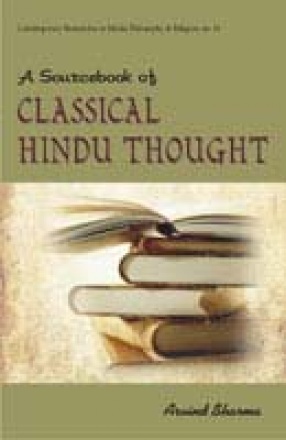
This volume presents material drawn from the classical Hindu texts, as well as other sources, to familiarize readers with the outlines of classical Hindu thought. It provides a bunch of readings organized around certain set concepts, quarried from Hindu religious texts of the past. It discusses material from classical Hindu texts relating to the themes of the divine realm such a brahman, devi, ishvara, trimurti, and so on, as well as of the mundane realm, such as ...

Christianity is the World's largest religion today: about 33.6 per cent of the world’s largest population has Christianity as their religion. It has also a religion that struck roots early in India- as early as middle of the first century CE. The book is an account on Christianity that blends aspects of Christian belief and worship with matters like its significances and the urgent need for interfaith understanding in the globalised and pluralistic ...

The book discusses the fundamental beliefs and practices of Islam with a view to enabling people of other religions to study the principles of Islam and to understand the similarities of ideologies between religions. In simple language, it deals with the concept of a prophet, the life of the Islamic prophet Muhammad, the contents of the holy text of the Muslims, the Quran, the main pillars of Islam, the history of Islam and practice of Islamic law. Along with the ...

Hinduism is not only a religious belief, it is also a philosophy based upon certain key concepts. Most of these either originated, or were fully articulated, during the classical period from the fourth century BC to the tenth century. In this concise and lucid book, Arvind Sharma introduces contemporary readers to the texts and ideas crystallized during this period and explains their contemporary relevance. This book is divided into sections dealing with key ...

The philosophical significance of Jainism extends far beyond its statistical presence in India and the world. This book is an attempt to take its insights into account for the light they shed on issues customarily debated in the Philosophy of Religion. Though we have many studies on Jain Religion, Dr. Sharma's approach hcis surpassed the earlier studies. As Jainism does not believe in the existence of Creator-god, rational theology for the existence of God does ...

The phenomenon of Sati, on account of its dramatic and tragic element, has always commanded considerable attention. This has not always been complemented by adequate analysis. Even when the treatment of the subject has transcended sensationalism, it has not always been sufficiently nuanced. This book hopes to remedy this situation by bringing to bear on the topic (whose relevance the recent recurrences of the phenomena have highlighted) a measure of ...
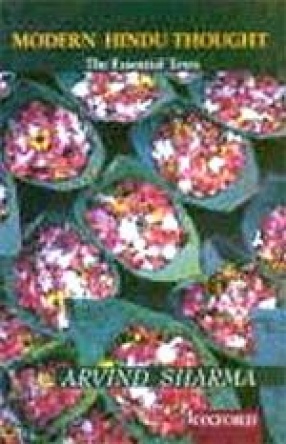
In this book Arvind Sharma introduces contemporary readers to the works of some of the finest Hindu thinkers over the last two centuries. A fundamental religious and cultural corollary of British rule over India—and India’s eventually successful struggle against it—was the cultural encounter between the two countries and the religious encounter between Christianity and Hinduism. This cultural and religious encounter, viewed through the lens of Hinduism, ...

The essays in this book discuss the status of women across various Indian religions, keeping in sharp focus the various religious practices that concern them. Nine distinguished women scholars address issues pertaining to the position of women in Hinduism, Buddhism, Jainism, Sikhism, Christianity, Islam, Zoroastrianism, Baha’i, and tribal religions. Some of these issues include female foeticide, ordination, salvation, divinity, and acceptance of children of ...
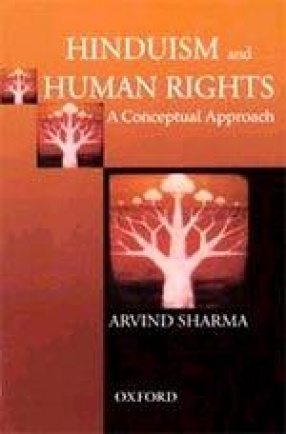
This volume in the Law in India Series offers critical insights into the complex ongoing debate on Hinduism and its relationship to human rights. The secular and religious realms constitute two main sources of value formation in the modern world. The human rights tradition embodies the former. The author forges a link between human rights discourses and the normative moral discourse within Hinduism to establish a conceptual approach to the issue in a given ...

Most of the existing books on Advaita Vedanta rely on the scriptural approach in presenting it. Some books mix it with the rational and experiential approaches as well, without always distinguishing clearly between them. The novelty of this book consists in the fact that it introduces the reader to the basic tenets of Advaita Vedanta in three independent but complementary ways: scripturally, rationally, and experientially. All the three elements are usually found ...




Each stable culture and major civilization of the world consists of a distinct material base and a distinct ideational structure and has an inherent mechanism of striking its own equilibrium between the two. In the Indian tradition dharma is the balancing force. Religion and ideology in possessing a transcendental dimension. The papers in this volume acknowledge that neither the world religion nor dharma can be discarded while looking at the Indian reality. They ...
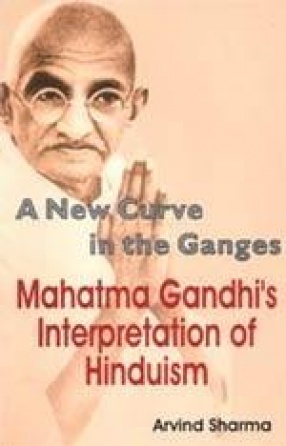
Gandhi's struggle for the Indian Independence will ever remain in the mind of all generations but no less significant was his fight for social equality of the Untouchables. He himself had suffered its pain as he was excommunicated by his caste on his return from England. For Gandhi, untouchability was that vicious aspect of Hinduism that must be eradicated. He had his own interpretation of Hindusim and called himself a “Sanatani Hindu†who believed in the ...

This work surveys the state of Hindu studies over the ages by studying the history of Hinduism in four periods: Vedic Hinduism and Modern Hinduism. Commencing the study with some general observations on the study of Hinduism such as confinement of the study by and large to India and lack of a political history of Hinduism, it examines features of Hinduism that established themselves during the different periods. Critically analyzing the literature that emerged ...

This book examines the principles underlining the policies of reservation and affirmative action adopted by two non-homogeneous and multi-ethnic societies – India and the USA. Despite the fact that the governments of both countries have, for over fifty years now, applied these measures to overcome discrimination based on caste and race respectively, the author maintains that there is no comprehensive account of the grounds on which either reservations or ...

Hinduism is widely regarded not just as a religious belief, but as a philosophy of life based upon certain key tenets. Viewed in a casual manner, these concepts seem to be eternal and unchanging. A Hindu today would describe his or her tradition in terms of the concepts of Brahman, Isvara, Maya, Jiva, Samsara, Karma, Dharma, among others, much like his counterpart a thousand years ago would have done. Yet, has nothing changed in Hinduism? Modern Hindu Thought ...
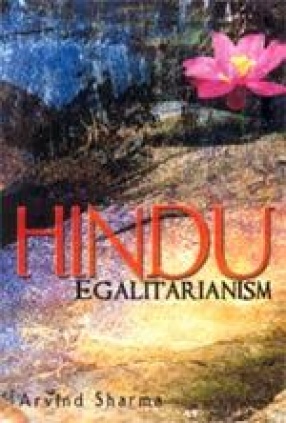
Hinduism is usually regarded as an inegalitarian religion. This book examines such a description of Hinduism from the six perspectives of etiological, social, legal, economic, gender and soteriological egalitarianism and suggests that when egalitarianism is defined more rigorously, and Hinduism examined more comprehensively, then the struggle for equality is as clearly discernible within Hinduism as elsewhere.

